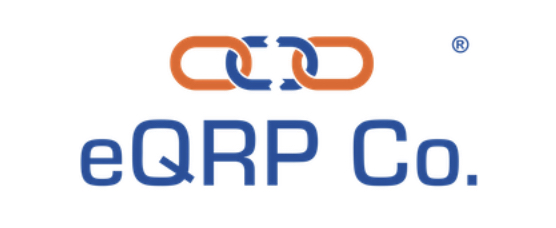The key fundamental of investing is to 1) protect investor capital and 2) to grow wealth. Especially during this time of uncertainty, it is critical to implement safegaurds or metrics to protect investor capital and ensure profitability. When investing in multi-family as a passive investor, it is important to look out for these key metrics.
1️⃣ Reserves
Reserves are important to have, even if never needed. Usually, it is safe to have $300 per unit in reserves. Certain operators may use a higher or lower reserve rule-of-thumb, depending on variables such as the condition of the property, past experience or other important factors such as turnover. Now, lenders are requiring certain reserves for COVID or otherwise. Aside from lender requirements, prudent investors and deal makers are wise to build reasonable cash reserves into the deal. Cash reserves are what keeps the investment alive during hard times.
2️⃣ Debt-Coverage Ratio
Debt-Coverage Ratio is a metric used by lenders to assess the property’s ability to pay the debt service. It is measured as the ratio of a property’s annual net operating income to the annual debt service and calculated by providing annual NOI by Debt Service. Lenders have minimum DSCR standards; ideal ratio is greater than 1.25.
While the lender has certain standards, as investors it is essential to desire to have be much higher than that. The lower the debt coverage ratio, the more risk associated with not being able to perform and cover obligations to the lender. It is our strategy to obtain positive cash flow on day one and have a plenty of cash flow to easily cover debt duties, as evidenced by a very healthy debt-coverage ratio.
3️⃣ Break-Even Occupancy
Break-even occupancy measures the minimum occupancy that a property can have and still meet the owner’s obligations. This is a very effective metric to use when underwriting a property, as it highlights the overall risk for the property. It is measured by identifying minimum the number of paying tenants needed to cover the mortgage on the property.
For example, when underwriting an asset that is currently 96% occupied, the investor with review the monthly debt services and determine how much occupancy would be needed, at minimum, to cover that debt. The investor determines that the break-even occupancy is 60%. Recognizing that the property is currently at 96%, the investor team beleives that this is a tolerable risk. However, if the property is at 90% and the break-even occupancy is at 85%, that is a tighter margin of safety and should cause the investor to evaluate. Perhaps distressed properties are the investor’s niche. In many cases, it would be too risky and would call for higher reserves or reevaluation altogether.
Proper Mitigation
Especially during the growing concern of the state of the economy, it is wise for both active and passive investors to have rules and metrics to identify and mitigate investment risk. Growing wealth is very fun, but the basics are to protect that wealth and the three metrics above should help any investor either identify, mitigate or avoid risk altogether.
Sign Up For Our Newsletter 👇🏾
Subscribe to My Channel 👇🏾

💡Invest Your Retirement w/ eQRP
– I Rolled My 401k Into eQRP to Passively Invest In Apartments

